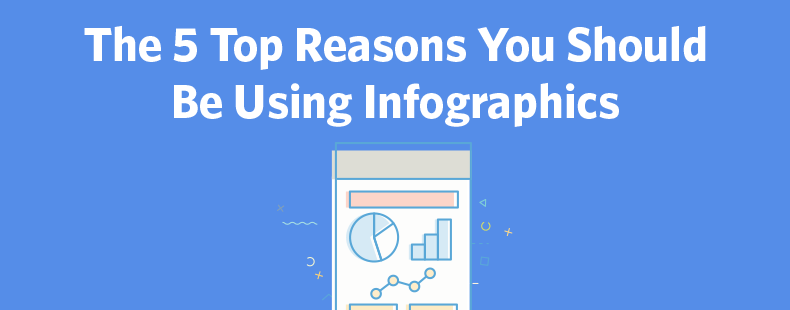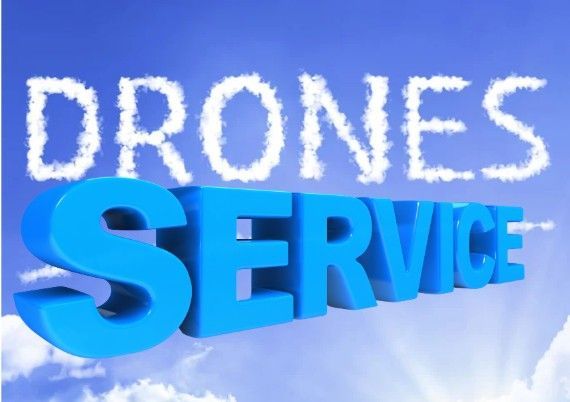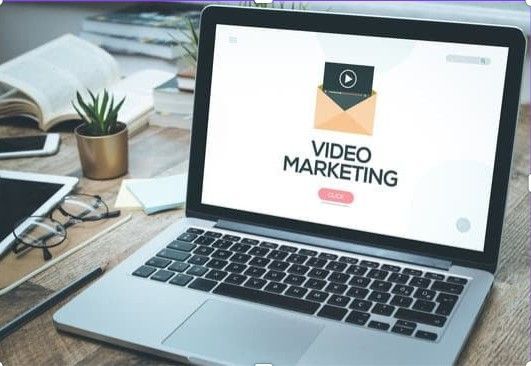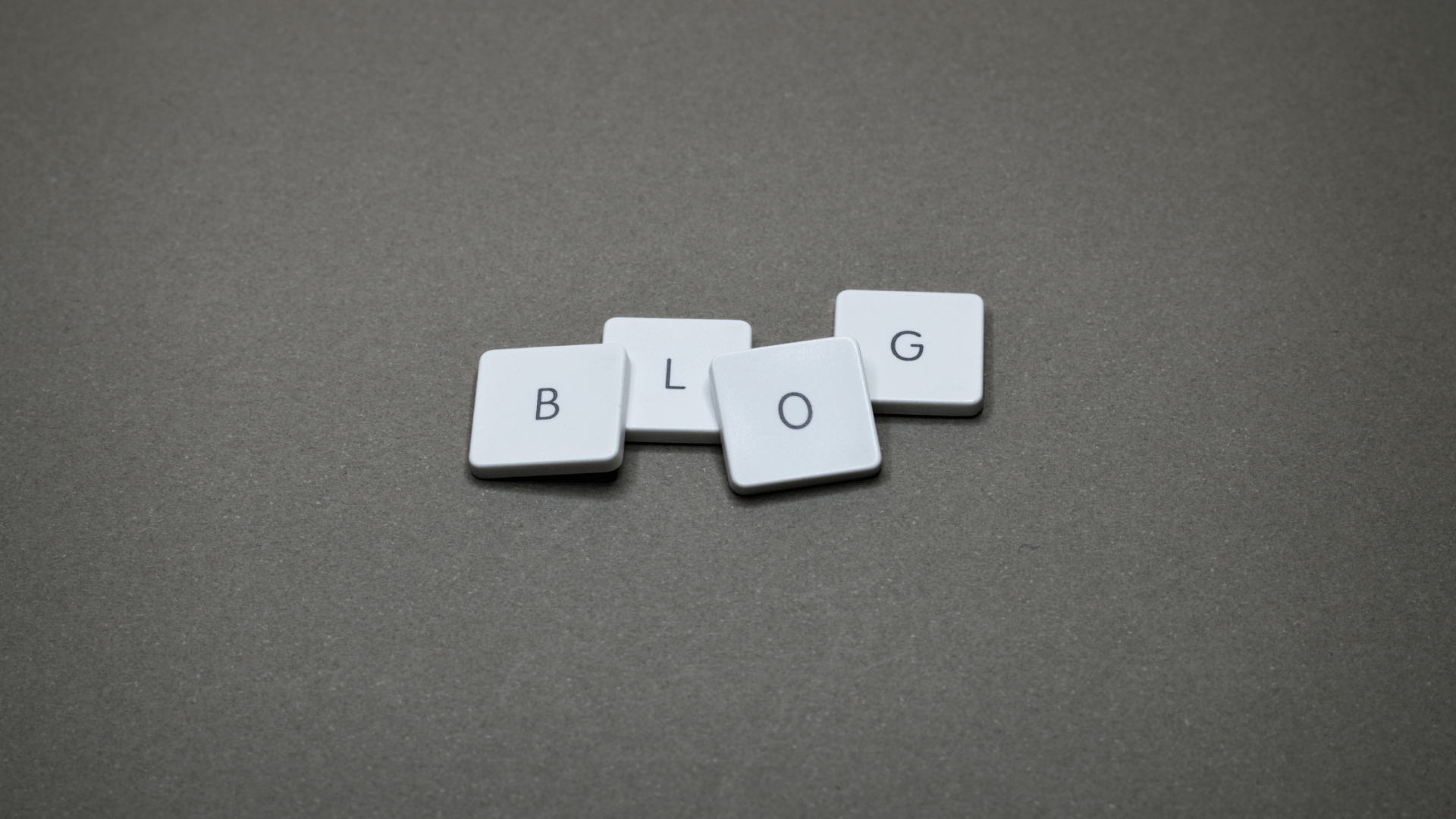Want to know how to write an Email Newsletter, here are some ideas!
John R Ramos • January 30, 2020
First of all, let me tell you that Email is a time-tested tool to drive sales and conversions. In fact, the latest statistics show that more than 68% of marketers say that email is their biggest source of ROI. Moreover, consumers across all industries prefer hearing from businesses via email.
Of course, the most effective newsletters take more than simply drafting something and clicking send. To successfully engage with your subscribers, your newsletter must entice readers and encourage them to interact with your content.
The key to doing this? Crafting an email messages that inspire readers to act.
Here are three ideas for writing a Newsletter people actually read
(this is by no means a conclusive list of ideas)
1. Begin with the end in mind
Before writing your newsletter, consider…
• What is the goal of your newsletter?
• Why are you sending it? What do you want your reader to gain from your message?
Having clarity on your end goal helps keep your newsletter intentional and purposeful. This objective will serve as a guide to ensure you’re keeping the subscriber top-of-mind in addition to accomplishing your content goals.
One way to start with the end in mind is to establish your call to action (CTA).
For optimal results, focus on one CTA. For instance, your newsletter might be trying to get users to make a purchase, sign up for a free trial of your service, or something else. Whatever your ultimate goal is, having two or more CTAs can confuse your reader’s attention.
2. Craft an intriguing subject line
Your subject line creates the first impression of your newsletter emails. It determines whether or not your subscriber decides to bother clicking—as such, you need to make it enticing.
To create a click-worthy subject line, keep these tips in mind:
- Mention the benefit. What’s in it for the reader? If they can immediately glean value from your subject line, they’re more inclined to read on.
- Keep it short—ideally less than 50 characters. The majority of users view emails on their mobile devices, where screen space is limited. Make your subject line succinct and to the point to help subscribers easily digest your topic.
- Use numbers. Whether to introduce a list or share an interesting stat, numbers perform well because they are specific and evoke curiosity.
- Make your subject line actionable. Use phrases that incite action and a sense of urgency, like “Don’t wait” or “Last chance.”
- Don’t mislead your subscribers. In other words, avoid a subject line that deceives or over-promises—you can expect readers to unsubscribe if you do.
Should I use Emojis: yea or nay?
According to Forbes, 66% of brands that used an emoji in their email subject line reported a higher open rate than those did not include an emoji. Adding emojis offers a touch of humanization, making your company relatable.
Of course, it’s worth considering whether your industry is “emoji-compatible.” A newsletter for a legal company may seem overly casual and out of place. Add pizzazz with emojis only if it matches your brand voice and industry.
3. Make the body of your email concise and interesting
Your readers clicked on your email—now what?
The body of your email is your opportunity to connect with your subscriber. But with an average attention span of 8 seconds, you’ll have to capture them right away…and keep them engaged.
I suggest the following:
- ask a question
- highlight a benefit,
- or tell a story.
Whichever route you choose, make it interesting but concise. The key is not to overindulge but to give readers enough information to nurture the relationship and offer solutions.
How long should your newsletter email be? According to Constant Contact, emails with 20 lines of text (or roughly 200 words) generally perform best in terms of click-through rates.
Remember this:
your email content should align with your ultimate digital marketing goals. In other words, it should follow a content strategy that supports your end objective. Whether it’s to increase engagement, boost lead conversions, or drive traffic to your site, identifying and documenting your content strategy positions you to achieve your company’s marketing goals.
This is a good one, I am always asked should I use HTML or Plain Text Emails
So, if you are debating between whether to use HTML in your emails or take a plain text approach. However, you don’t know which one performs better for email newsletters?
Just as their name suggests, plain text emails are simple in nature and lack the styling enhancements of their flashy HTML counterparts. This makes them load faster and compatible with every device. HTML emails, on the other hand, tend to be more visually engaging but run a greater risk of getting caught in a recipient’s spam filter. Not to mention, with HTML emails, you need a responsive email builder tool so that your emails will also work on mobile devices.
What does the research say about these two types?
When it comes to email marketing newsletters, there’s a strong case for using both.
According to research from HubSpot, users generally claim to prefer HTML emails. Yet in spite of this, HubSpot’s A/B tests showed that simpler emails generally performed better with regard to open and click-through rates.
This doesn’t necessarily mean you should throw out HTML from your emails, though. Take a hybrid approach instead.
One solution is to give readers the option of receiving plain text versions of your newsletters. Or, use HTML emails but keep the coding fairly simple.
For now, let me suggest to regularly test your newsletter emails to ensure your subscribers are actually opening and reading them. Make any necessary changes along the way—and don’t be afraid to be bold. Experiment. Over time, with more insight, your newsletters will get better and better—and your subscribers will love you for it.
POST WRITTEN BY
John R. Ramos
The John Ramos Blog

IYou’ve likely seen them: bold visuals, stacked icons, concise text, telling a story at a glance. That’s an “infographic “—but in 2025, it’s more than just a pretty picture. For small-to-medium-sized businesses ready to stand out in a noisy marketplace, infographics remain a potent tool—if used strategically.

In the realm of digital marketing, content is king. But to truly reign supreme, you need a trusted steed—email marketing. The combination of high-quality content and strategic email campaigns can propel your small to medium-sized business (SMB) to new heights of engagement and customer loyalty. Here’s a comprehensive guide on how to make this dynamic duo work for you.

Hey there, friend! Have you ever wondered what exactly sets content marketing apart from blogging? Today, let's simplify it in my easy-going style—making it crystal clear and fun for anyone! Here's What We'll Chat About: * What exactly is Content Marketing? * What does Blogging really mean? * What's the main difference between Content Marketing and Blogging? * Why are both super important? * How to blend Content Marketing and Blogging effectively

If you’re running a business in 2025, you’ve probably noticed just how noisy the online world has become. We’re all getting hit with ads, pop-ups, and social media posts every time we pick up our phones. But here’s the thing: **people don’t want more noise. They want a connection. ** And that’s precisely why **email marketing is still one of the most powerful tools you can use to build absolute trust with your audience. ** Whether you’re just starting out or already have a list of subscribers, this guide will walk you through how to use email not just to sell, but to connect — and how * The JR Solutions * can support you every step of the way.

In a recent post, I wrote about ten reasons a business needs an updated website. In this post, I would like to elaborate a little bit more as to why you should consider my suggestion(s). As an email marketing specialist and content writer for small to medium-sized businesses, I want to talk to you about something super important for your website: optimizing it for mobile devices. Nowadays, almost everyone uses their smartphones and tablets to browse the internet. That's why having a website that is mobile-friendly is so crucial. It provides a better user experience and can improve your search engine rankings, making it easier for potential customers to find your site. A responsive design is one way to ensure your website is mobile-friendly. . This means your site's layout and content automatically adjust to fit any device’s screen size. Pretty cool, right? Another way to optimize your site for mobile is by optimizing images. Large images can slow down your site's load time, which can be frustrating for mobile users. So, compress images and reduce their file size without sacrificing quality. Simplifying navigation is another crucial factor for mobile optimization. Use clear, concise labels for your menus, and make sure they're easy to access from any device. This can help mobile users find what they're looking for quickly and easily. Testing your website on multiple devices is also a good idea. This will help you identify any issues that must be addressed to ensure your site looks and functions nicely across all devices. Lastly, prioritize speed. Mobile users expect websites to load quickly, so minimizing the use of large images and videos, using browser caching, and compressing your code can all help reduce your site's load time. . So, there you have it! Optimizing your website for mobile devices is essential for providing a positive user experience, improving search engine rankings, and driving conversions and sales. As an email marketing specialist and content writer for small to medium-sized businesses, I encourage you to consider these tips and make sure your website is optimized for mobile. . Your competitors may have updated their websites, which can make your site look outdated in comparison. Updating your website can help to ensure that you stay competitive and that your business stays relevant in today's digital landscape.




